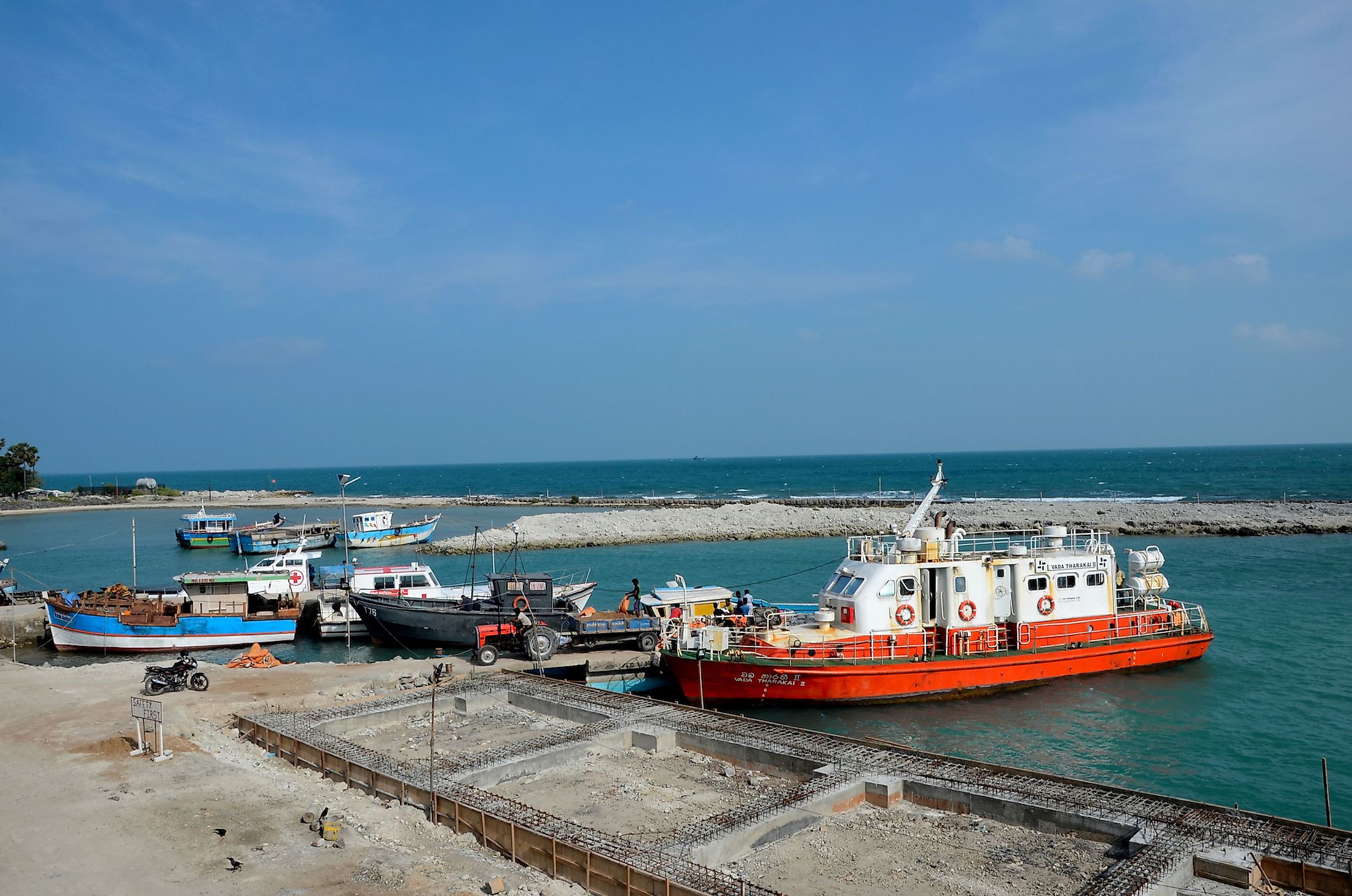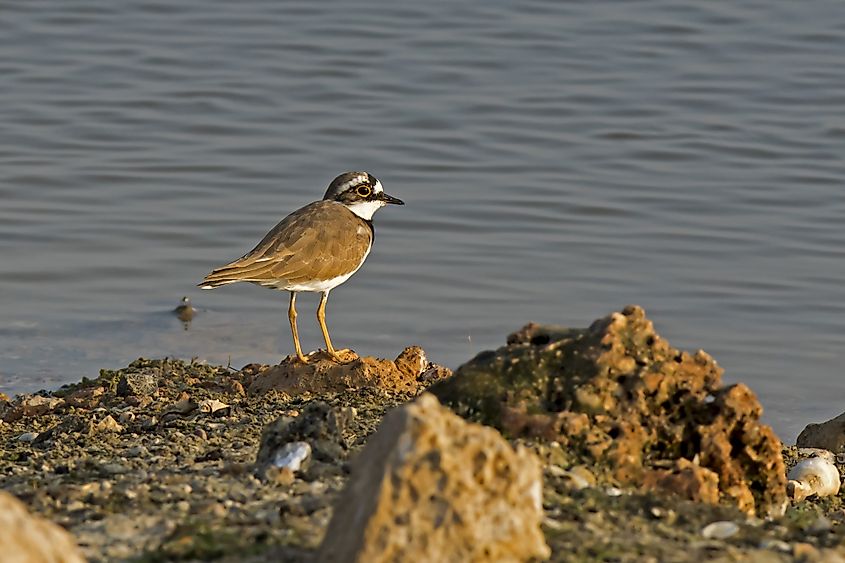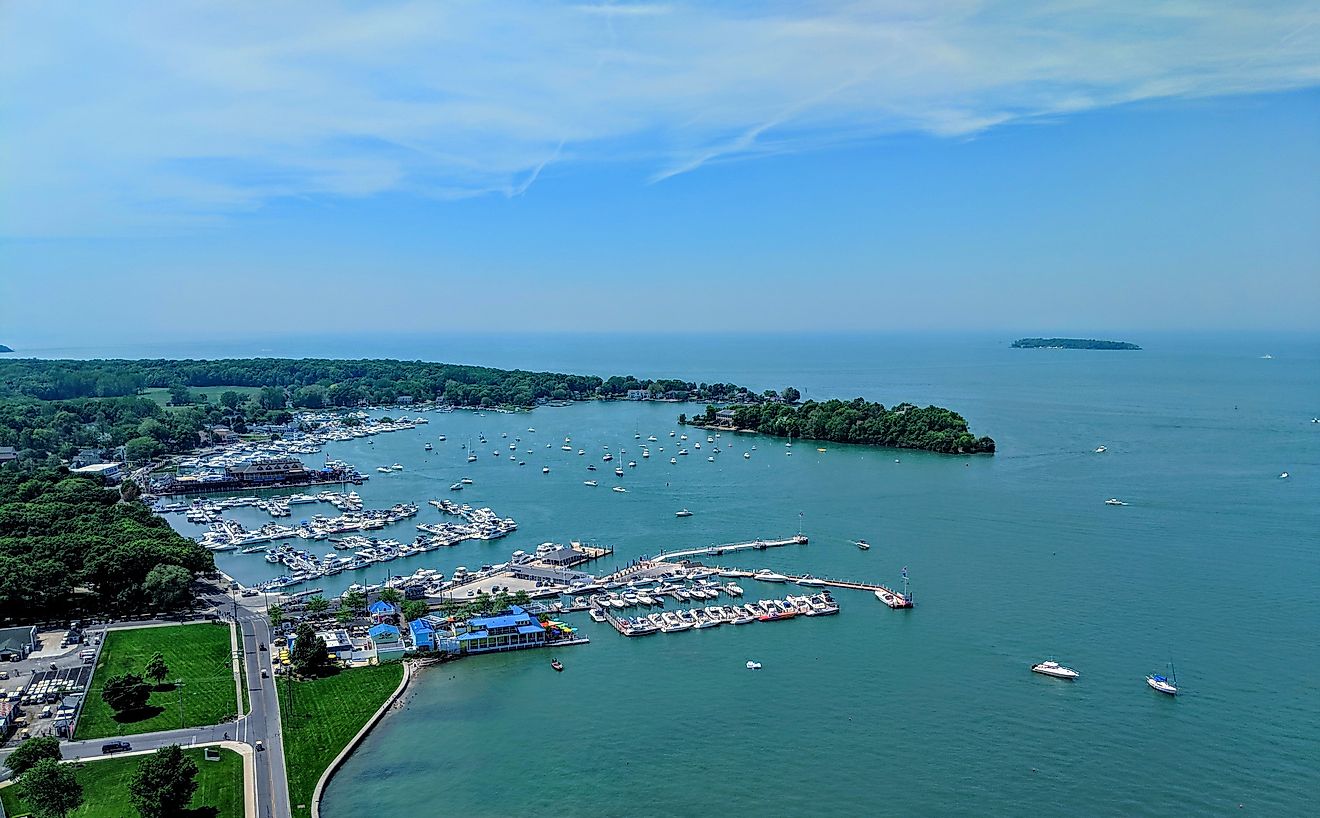
Jaffna Peninsula
Sri Lanka is an island country in the Indian Ocean separated from the Indian Subcontinent by the Palk Strait and the Gulf of Mannar. The island resembles a bean bag with the northern portion extending from the mainland to form a peninsula known as Jaffna Peninsula. The peninsula shares its name with the capital city of Sri Lanka’s Northern Province. The City of Jaffna is located approximately six kilometers west of Velanai Island. Jaffna Peninsula includes the former areas occupied by the Jaffna Kingdom. It is divided into three historical regions, Vilikamam, Vadamarachchi, and Thenmarachchi, constituting the present-day Jaffna District.

Geography
The Jaffna Peninsula extends northwestwards from the mainland into the Indian Ocean. It is separated from the Velanai and Karainagar Islands by the Palk Strait. The Palk Strait, named for Robert Palk, also separates Jaffna District on the peninsula and Tamil Nandu state on the Indian Subcontinent. The peninsula’s northwestern tip extends into the Palk Bay, while part of the northeastern end borders the Bay of Bengal. The Jaffna Lagoon separates the peninsula’s southwestern portion and the northern portion of the Kilinochchi District. The region covers an area of approximately 1,030 square kilometers, including inland water. The peninsula has a relatively flat terrain, with low elevation, except areas around Tellippalai in the western sector, where the elevation exceeds 10 meters above sea level.
Climate

The Jaffna Peninsula enjoys a tropical monsoonal climate, driven by monsoon winds which change direction with the season. The region is generally hot and dry during the summer season, which runs from February to September. The driest month occurs immediately after the winter season. The peninsula receives seasonal rainfall averaging less than 60 millimeters. However, rainfall accounts for more than one-quarter of the total annual precipitation, which ranges from 695 mm to 1125 millimeters. About 90% of the region’s rainfall results from north east monsoon rain. The North-East Monsoon supports cultivation on the Peninsula, but for only three months. The region’s temperature ranges from 26 to 33 degrees Celsius.
Brief History
The Naga People lived mainly inhabited the Jaffna Peninsula, with the peninsula referred to as Naga Nadu (land of the Nagas) during the pre-medieval era. In the Mahavamsa chronicles, the peninsula is referred to as “Nagadipa” (island of Nagas). The Jaffna Peninsula became part of the Pandyan Dynasty in the 13th century, with Kulasekara Cinkaiariyan as the first king of the Jaffna Kingdom. The dynasty’s rule on the peninsula ended in 1619 with the Portuguese conquest of the Jaffna Kingdom. In 2004, tsunamis hit the peninsula’s eastern and northern coasts, destroying several villages, including Thondaimanaru, Kuddarapu, and Vallipuram. The tsunamis killed about 2,640 people and displaced over 9,800 families. Additionally, 1,200 people are still missing.
Economy
Although large water bodies surround the peninsula, underground water is extracted for agricultural and domestic use. However, the quality of underground water varies with location. The region’s principal economic activities are fisheries and agriculture. About 60% of the total population is engaged in agriculture, while about 15,000 people support the fishing industry. Common crops grown on the peninsula include onion, chili, potato, tobacco, and banana. Vegetables like okra, long beans, cabbage, and tomatoes are grown throughout the year. The livestock sector also contributes significantly to the peninsula’s economy and was the main source of income to about 30% of the population.







